Setting is not paint by numbers!
… and neither is it a photograph
Regardless of genre: Setting is atmosphere, texture, mood, basis for every story. Not only the stage props in which people act. But so much more. One could argue that for certain genres setting is secondary (erotica anyone?), as long as the action is right, or the characters are strong enough. It would take an even stronger protagonist to compensate for a lack of stage setting. But as an erotica AND historical writer myself, I can tell you: you can use setting description to bring alive or kill any scene, in any genre. Nothing is more of a bummer than not-quite-right or weak description. And weak description in histfic is a no-no, a no-no-no-no-no! Your readers have never lived there, you have to make the era come alive for them! And bringing alive doesn’t only mean characters’ actions. A rich backdrop to set any story against is, for me, essential to any story, and it draws readers in so much deeper.
Setting is not a map or photograph – let readers paint their own picture!
See: how can you bring characters to life, really, if they’re acting between cardboard props? Creating setting is not about giving the reader a map or photo of the place you want to describe! You only hand her a paintbrush and a rough sketch, and your colours, and then let her imagination fill the canvas – hopefully to get the same effect you wanted to create, but not the same painting.
A detailed, vivid setting created in their own minds will affect readers so much more. It can speak for itself, if done right. The description of a single item can give so much insight, in a dozen ways. I have examples for each below. One can play with all the things that surround the protagonists. And don’t drown the reader in too much information – only choose what helps the story or scene.
Building setting needs training
Tying in with my last blog about authors having to train hard and play with their craft before going public, writers also have to master the craft of using setting to their story’s full advantage. A beginner will try to just take a photograph and show that to the reader. But setting is not about pointing out every single household item in, say, a longhouse, as if straight from a museum’s exhibition catalogue.
- Only use the relevant items! This can be: relevant to understand a character, motivations, or previous/later actions. Don’t describe a warriors complete gear, unless the reader needs this full picture. Maybe just the one, most important weapon, and its specific characteristics – There’s a description of a young man and his ancient sword in Nicola Griffith’s “Hild” that I love: “Part of its edge, near the point, was missing and the wire inset in the grip black with age. The blade itself, though, was lovingly polished of hammer-folded snakesteel.” Now we know one hell of a lot about the owner of the sword, too, and some of the weapon’s history, as well as the craftsmanship behind it! This is so much better than describing it technically: from pommel to tip of the blade.
- vary the thickness of your paintbrush: a rich, colourful stroke can be good, but I often prefer an author to use less, but more poignant words to bring something alive and let a picture form. This is mastered by the experienced, only. Again, I love “Hild”, as she describes the beautiful place she wants to own, with few, but rich strokes of the painbrush: “A great ridge, overlooking a wooded mene. A valley with bog and beck and bramble. Somewhat wet, yes. But, oh, what it could be. What it once was. Fish and krebs, herbs and honey, a millstream, corn growing round about … It will be a land of lard and cream, of beef and strawberries and songbird pie!” Just wow. I wanna live there, now! And the author hasn’t even used a very detailed description, or specific layout, we still don’t know where SHE envisioned the beck, the herbs, the millstream to be – we couldn’t draw the same map of the place she had in mind when writing this. But it totally works in bringing the right place to life, in our very own minds. What counts isn’t the arrangement and layout of things, it’s not about what is where – but the reader has to work with the colours and textures the author provides, to fill his own canvas. A setting description is not paint by numbers!
- For the sake of the gods, be authentic! This is something that annoys me when reading: it is one thing to be a good painter as such, but, author, can you please put in the work and know your world inside-out, so readers can follow your lead into this same world? I sometimes sense an author’s insecurities in describing a place, or even mistakes. They just skip details in the hope you won’t look close enough. But one can’t describe a Viking age valley in Norway’s south as you see it today on Google earth – 1200 years ago, nature was totally different. There was oak and other leaf-trees where now is conifers. Vikings didn’t build that many log cabins for a reason. Oak is damn hard to be worked into logs! So be careful. If you do need a brook where today there is none, make it look natural and convincing. There are readers who check. Setting can be “real” or invented, but you still have to sound authentic! I set my German histfic novel in a rural village that has never existed, with people who never lived, because I wanted to be able to build my own playground, not have readers point out my lineage of priests’ names for the time was wrong. So my setting was invented, BUT the props were not! Of course I had to use the hearth and kitchen utensils of the time, I just planted them somewhere I made up. But it had to be so authentic, still, that readers would go look out for that village when they drove through the area (which, funnily, has happened!).
So you can use the right props and surroundings to invent a setting that looks as if it really existed. Same goes for genres that work with invention of worlds, of course. Be confident about your setting and describe it as if you’ve been there and seen it with your own eyes. Choose only the important bits to create the atmosphere you need, without handing the reader a photograph of the place. Make it vivid and colourful, but not a paint by numbers. Writing, again, is a craft that takes so much practice – and by no means do we ever complete the training, huh?
Tell me your thoughts on building and describing setting. Would you agree that it’s just a painting the reader has to complete, or would you sometimes say a photograph is better? How do you do it – or which author has impressed you with her worlds? Let us all know in the comments!

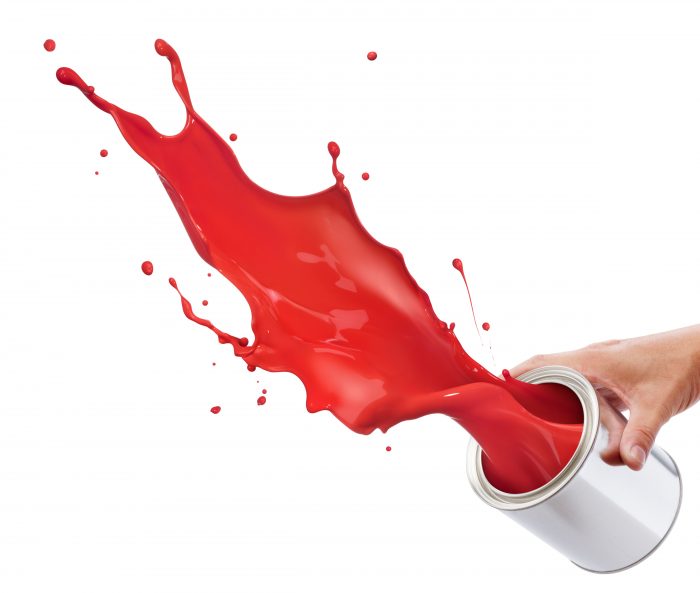
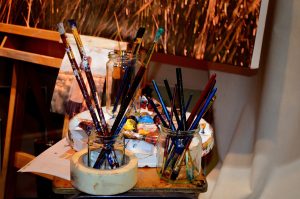
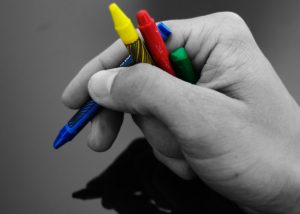
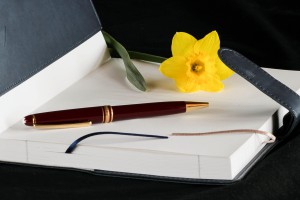

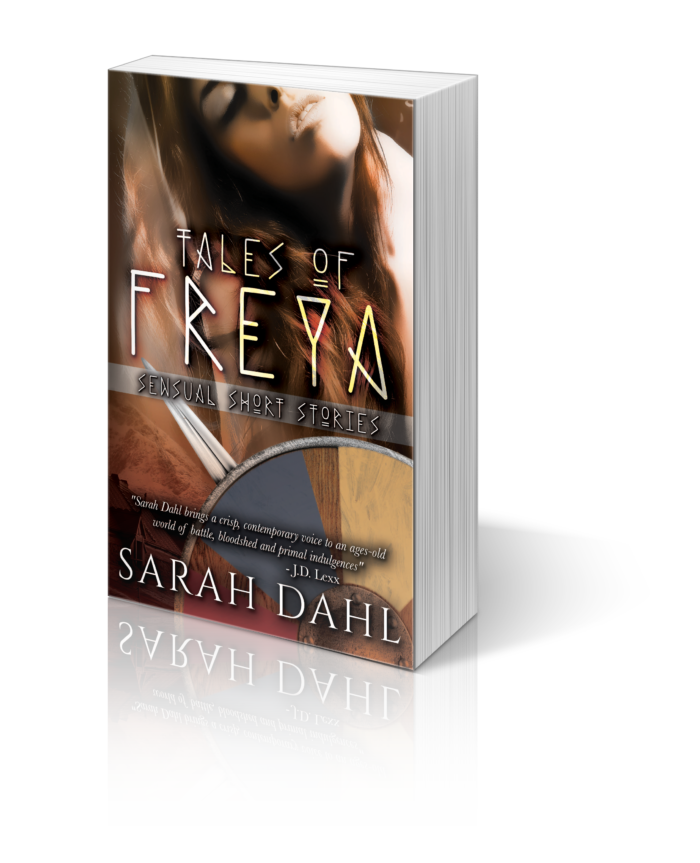
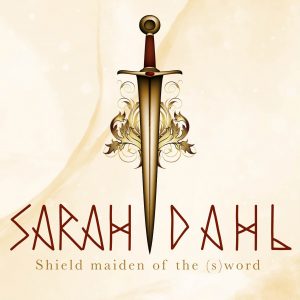
Comments (4)